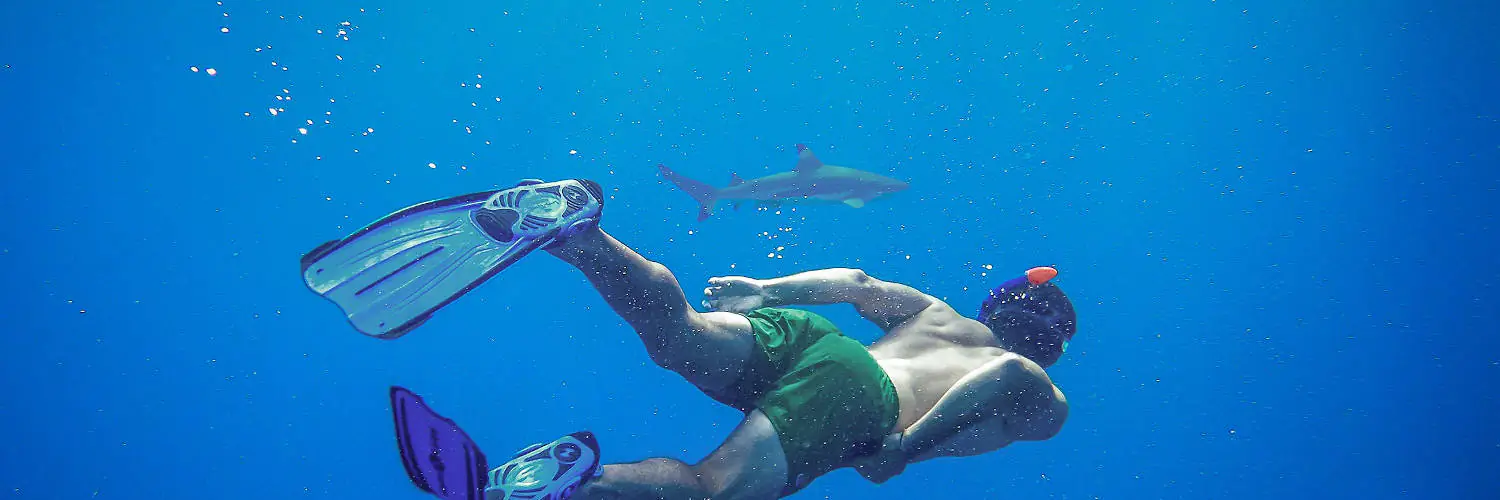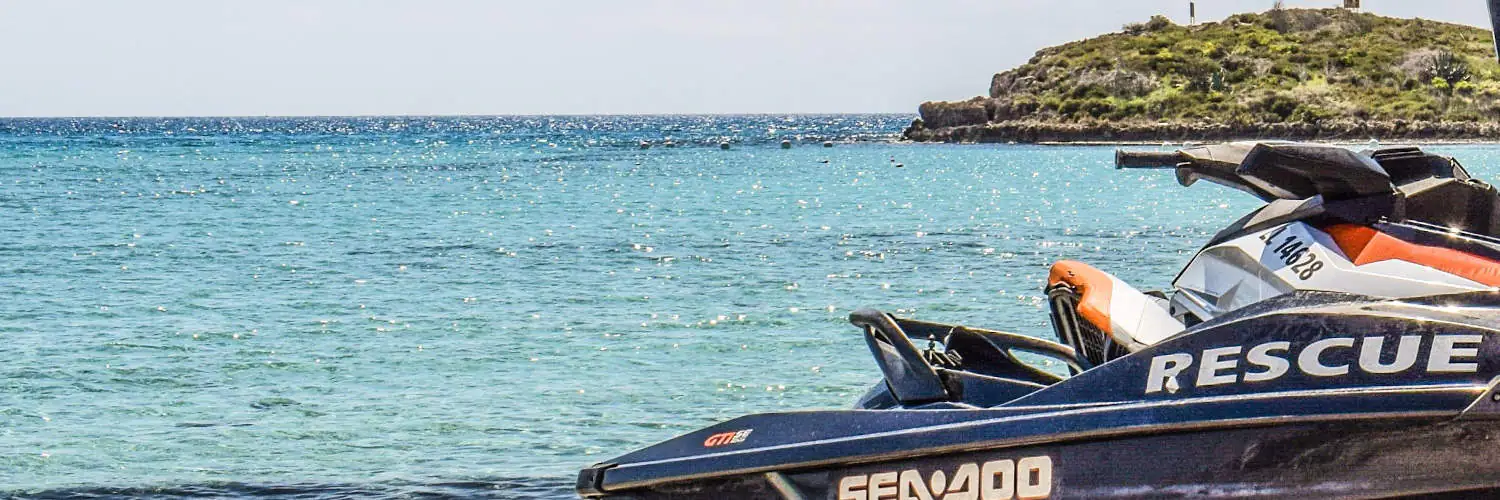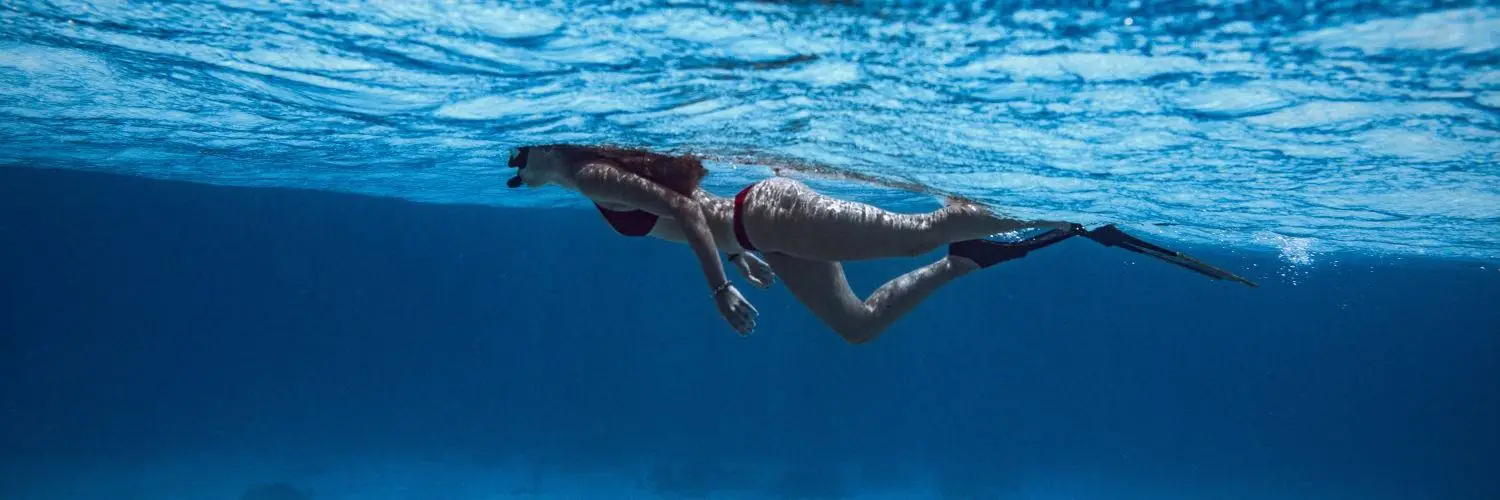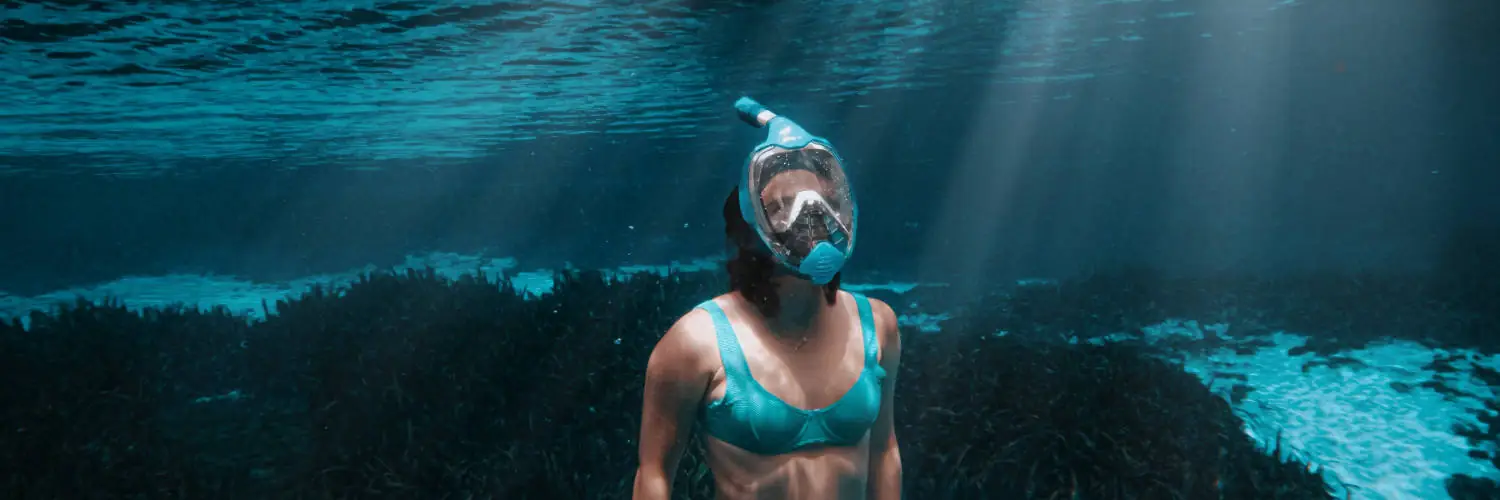Table of Contents
Snorkeling after a Hurricane: Safety and Ecosystem Impact Considerations
Snorkeling offers an intimate encounter with marine life, providing a window into the diverse underwater world. However, the aftermath of a hurricane can significantly alter this experience. The safety of snorkelers and the conditions of marine habitats become primary concerns following such powerful storms.
Hurricanes can impact water clarity and the health of coral reefs, which are vital to the snorkeling experience. High winds and heavy rainfall often stir up sediments, leading to reduced visibility, which can last from a few days to several weeks. This turbidity can make it challenging to appreciate the vibrancy of marine life that draws enthusiasts to snorkel in the first place.
Moreover, the well-being of marine fauna and the structure of their habitats can be affected by the intense energy of a hurricane. Snorkelers should be aware of possible changes in the behavior and patterns of fish and other marine animals following a storm. Adjusting expectations and practicing caution are essential when entering the water after a hurricane, prioritizing personal safety while being mindful of the altered underwater landscape.
Understanding Hurricane Impacts on Marine Environments
Hurricanes are powerful storms that can cause significant alterations in marine ecosystems, affecting coral reefs and altering the behavior of marine wildlife.
Effects on Coral Reefs
Hurricanes can have a dramatic impact on coral reefs, some of the most biodiverse ecosystems on the planet. The strong waves and storm surges associated with hurricanes often lead to physical damage to the reef structure. The force of the water can break apart coral colonies and can displace large chunks of reef. This mechanical damage can reduce the complexity of the reef habitat, which is crucial for supporting diverse marine life.
- Physical impact: Coral colonies often suffer breakage from powerful waves.
- Sedimentation: Excess soil from runoff can smother corals.
Changes in Marine Wildlife Behavior
The behavior of marine wildlife, including fish and turtles, is often disrupted by hurricanes. The storm’s impact can lead to reduced salinity and lower oxygen levels in the water, which can be stressful for marine organisms. Currents generated by the storm can mix different water layers, affecting the availability of nutrients and the overall health of marine habitats.
- Displacement: Some fish and turtles may be driven into unfamiliar areas.
- Stress: Sudden environmental changes can cause stress to marine life.
In summary, hurricanes alter marine environments dramatically, posing challenges for coral reefs and influencing marine wildlife behavior in substantial ways.
Safety Considerations for Snorkeling After Hurricanes
After a hurricane, snorkelers must prioritize safety due to altered water conditions and marine environments. Careful assessment of water clarity, currents, and wildlife is essential before entering the water.
Water Conditions and Visibility
Post-hurricane water conditions can be unpredictable. Snorkelers should check official weather reports and marine forecasts for up-to-date information on water clarity. Turbidity, which refers to the cloudiness or haziness of water, often increases after a hurricane, reducing visibility significantly. This can impede a snorkeler’s ability to see underwater hazards or orient themselves.
- Clear Water: Postpone activities if water clarity is poor.
- Visibility Check: Confirm that underwater visibility is sufficient for safe snorkeling.
Navigating Ocean Currents and Wildlife
Ocean currents can be stronger and more erratic following a storm. Snorkelers need to be aware of their own swimming capabilities and avoid areas with strong currents. It is advisable to wear a life jacket for added buoyancy and safety. Interaction with marine life should be cautious; disturbed habitats may lead to unpredictable behavior from wildlife.
- Currents Assessment: Evaluate the currents and plan swimming activities in safe zones.
- Wildlife Awareness: Observe marine life from a distance to avoid encounters with potentially stressed animals.
Best Practices for Beach and Underwater Cleanup
After a hurricane, the main concerns for beach and underwater cleanup include assessing the environmental damage and supporting recovery efforts through volunteering. Ensuring the safety and effectiveness of these activities are paramount.
Assessing Environmental Damage
Beaches and reefs can sustain significant damage post-hurricane, altering their landscapes and ecosystems. The first step is always a detailed assessment to catalog the extent of the damage. This involves:
- Physical inspection of beaches: Locating and documenting debris, erosion, and displaced sand.
- Marine surveys of reefs: Checking for structural damage to coral reefs, uprooted sea grass beds, and contamination levels.
Volunteering for Recovery Efforts
Cleanup and recovery require community support. Volunteering comes with responsibilities, such as:
- Understanding local guidelines: Each location may have specific instructions for effective and safe cleanup.
- Participating in organized cleanups: Join efforts organized by local authorities or environmental groups to ensure a coordinated approach.
Cleanup should prioritize:
- Manual removal of debris: On beaches, collect and dispose of trash and natural debris that can hinder the recovery of the habitat.
- Supporting underwater cleanup: Assist professional divers in carefully removing debris from reefs to prevent further damage.
It’s crucial that volunteers use the correct equipment and follow safety guidelines to minimize personal risk and prevent exacerbating environmental harm.
Recommended Snorkeling Sites Post-Hurricane
After a hurricane, snorkelers should seek updated information on the best sites for underwater exploration as conditions can change significantly due to storm impact.
Evaluating Snorkeling Conditions
Post-hurricane, snorkeling sites need to be assessed for water clarity, reef health, and marine life presence. It is crucial to gather recent reports from local dive shops and conservation organizations to understand the current underwater environment. Visibility and the condition of coral reefs are key indicators of a good snorkeling site.
Island-Specific Advice
The Bahamas: Post-hurricane, many areas have demonstrated a remarkable ability to recover. Snorkelers should consider spots like Nassau where the waters are warm and visibility is known to be excellent.
St. Thomas: Despite experiencing hurricane impacts, locations such as Coki Beach and Sapphire Bay remain popular for their resilient reefs and aquatic life.
Virgin Islands: Other parts of the US Virgin Islands, including St. John, suggest snorkeling in Maho Cove which is renowned for turtle sightings. However, it’s advised to confirm current conditions as they can vary since the last hurricane.
In summary, always verify the latest information on snorkeling locations in the Caribbean after a hurricane, as conditions can significantly affect the quality of the experience.
Post-Hurricane Tourism and Local Economies
Hurricane impacts on tourism can have significant reverberations throughout local economies, especially in areas heavily dependent on this industry. Post-disaster recovery efforts are crucial in restoring economic stability.
Supporting Local Businesses
After a hurricane, the immediate focus for local economies is often the support and revitalization of local businesses. Tourism-centric enterprises such as souvenir shops, restaurants, and tour operators become pivotal in driving the economic recovery. Island communities, where tourism may be the primary source of income, face an urgent need to resume operations to sustain their economy. Utilization of generators during power outages plays a critical role in keeping businesses open, alleviating the immediate financial strain.
- Hotels: Quick restoration of services in hotels ensures the retention of employment and a steady flow of tourists, providing much-needed revenue.
- Local businesses: By promoting local products and experiences, businesses can attract tourists, which in turn injects capital directly into the community.
Impact on Accommodations and Travel
Tourism acts as a lifeline for many regions, with accommodations and travel being fundamental components. Post-hurricane, the accommodation sector often becomes a proxy indicator of the area’s ability to bounce back.
- Hotels: They often require substantial repairs and safety inspections before they can welcome guests—delays can result in a ripple effect on tourism and the broader economy.
| Task | Status |
|---|---|
| Infrastructure Repair | Priority for resuming operations |
| Safety Inspections | Necessary for guest assurance |
| Marketing | Essential to attract tourists |
-
Travel: Restoring access to the region via air, land, and sea is critical for tourism recovery. Tourists need reassurance about the reliability of travel facilities to plan their visits.
Fact: The speed at which these sectors recover can serve as a barometer for the health of the post-hurricane economy.








